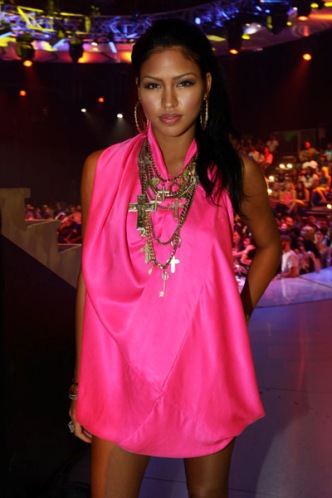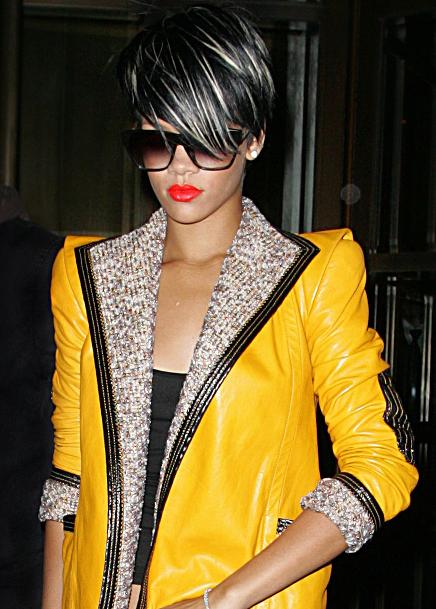

Wanna look your best, save time and money, and with not much effort? Well you can when you pull out your best colors and rock them fiercely. *Tyra smize*
Back in the 80s, having your colors done was a big thing (along with big hair, big shoulder pads, and big ole contoured cheeks). Though styles have changed drastically since then (thankfully) the color theories can still apply today.
Now—why would you want to know what your colors are?
Well, wearing the right colors can help you appear more vibrant, alert, and even younger. The wrong colors can make you appear sickly, older, and can wear you instead of you wearing it.

I’ve put together a crash course on color to assist you with choosing great colors for your own coloring.
Colors have many different characteristics. Because of this anyone can wear any color/hue based on their own characterstics and those of the color.
Color characteristics:
Hue: the color name (i.e. blue, yellow, red, green, etc.)
Intensity: how bright or muted a color is
Tone: how light or dark a color is
Temperature: how warm, cool, or neutral a color is
More on temperature…
You’ll know you’re warm toned if: you have a yellow or golden undertone to your skin, your eyes are golden brown or green (or have gold flecks), your veins are green, or you look better in gold than silver.
You’ll know you’re cool toned if: you have a pink or blue undertone to your skin, your eyes are dark brown or blue, your veins are green, or you look better in silver than gold.
You’ll know you’re neutral if: you have neither apparent warm nor cool undertones or you look good in both silver or gold.
Note that undertone has nothing to do with skin tone. Being light or dark skin does not automatically dictate undertone.

We also have color characteristics naturally (in our undertones, hair color, eye color) that help decide which colors look best on us. Anyone can wear any hue, it just has to be the right temperature, intensity, and tone.
Luckily there are also color groupings called seasons that give us a guide as to which colors look best on us. They are:
Winter: your coloring is cool and clear (meaning there’s a high level of contrast between your skin tone and hair color). Look for vivid or icy tones like pure white, navy, emerald green, deep hot pink, true red, bright burgundy, royal blue, charcoal gray, black. Accessorize with silver or platinum.
Celeb examples: Kelly Rowland, Alex Wek, Salma Hayek, Cassie

Summer: your coloring is cool and muted (meaning there’s a low level of contrast between your skin tone and hair color). Look for cool, soft colors, like most blues (including periwinkle, blue-gray and navy), off-white, rosy beige, brown, lavender or pastel pink (with blue undertones). Accessorize with silver, very pale gold or pearls.
Celeb examples: Vanessa Williams, Amber Rose

Spring: your coloring is warm and clear. Look for clear, delicate and bright hues, like creamy beiges, light royal blue, peachy or bright warm pinks, turquoise or aqua, pastel green, golden brown or medium purple. Accessorize with gold or pearls.
Celeb examples: Jada Pinkett Smith, Kerry Washington, Alicia Keys

Autumn: your coloring is warm and muted. Look for strong shades with warm undertones, like camel, dark tomato red, forest or olive green, all oranges, coffee or chocolate brown, teal blue. Accessorize with gold.
Celeb examples: Beyonce, Queen Latifah, Serena Williams

Contrast has to do with the difference in color between your hair and skin. You have a high levelof contrast if your hair color is much darker than your skin tone. You have a low level of contrast if your hair color is about the same color as your skin tone.
Check out some color swatches based on seasons:

These color theories work for both wardrobe and makeup. Now that you know what your best colors are, take a refresher on The Color Wheel: How to Combine Colors in Your Wardrobe.
It’s safe to go outside your color box and wear something that doesn’t go with your coloring if you wear the item away from your face. For example, if hot pink is not a color that works with your coloring, avoid the hue in a tank top, but you can pull it off as a skirt.
And there you go—a quick guide on how to choose your best colors.
No comments:
Post a Comment